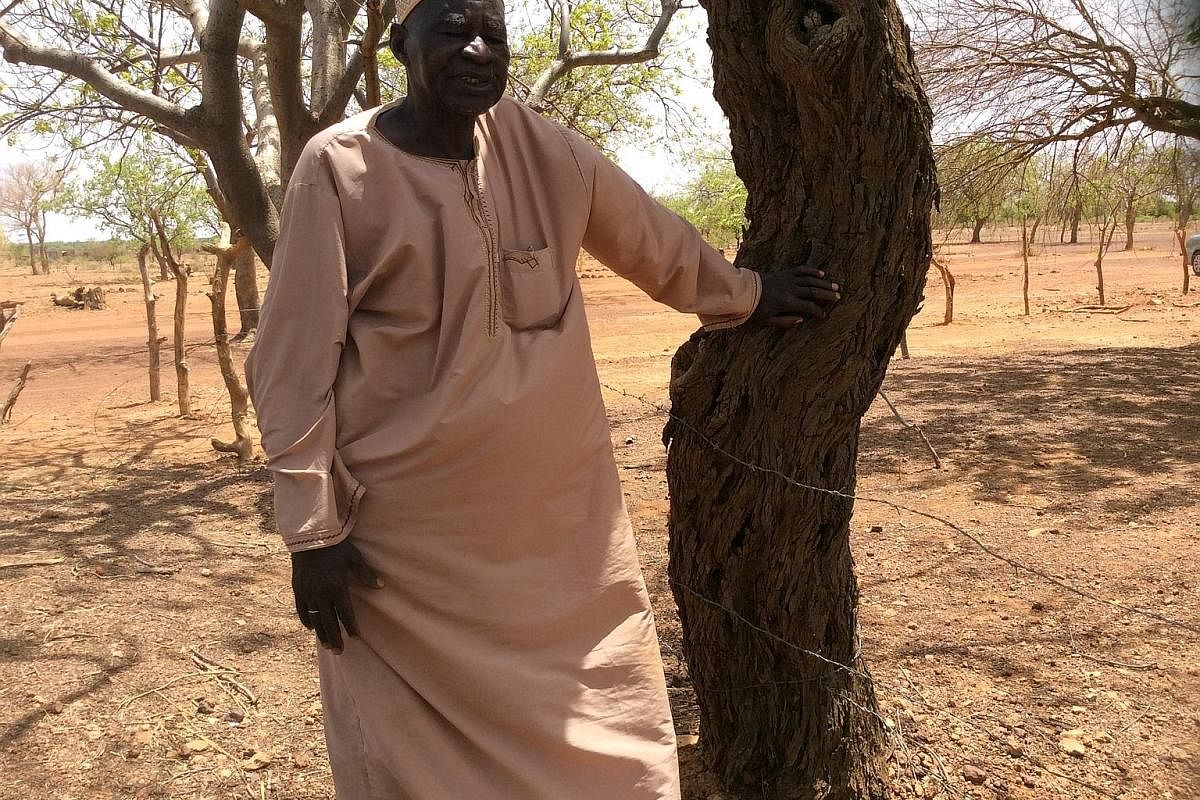EMPOWERING EARTH
Forest grown on waste faces threat

BURKINA FASO • The Gourga forest region stretches across 24ha, 184km to the north of Ouagadougou, the capital of Burkina Faso. Even in the dry season, the vegetation in this part of the north is intriguing - a forest in a so-called arid zone.
A steady decrease in rainfall over several decades, coupled with great demographic pressure, has led to progressive degradation of the environment in the north and a diminution of farming yield. In 2013, government sources found three-quarters of the country's land surface faced desertification, deterioration and drought.
How could a forest grow in such an area? It is the work of Mr Yacouba Sawadogo, 80, "the man who stopped the desert". He developed an innovative technique which he says he learnt from the land. In the 1960s, with drought predicted, he decided to drop his business and devote himself to agriculture.
At the end of these two years of roaming and studying the land, the idea of zaï occurred to him. A technique for preparing the soil during the dry season, it involves digging little holes in the ground and filling them with organic waste. The waste draws termites, which settle in the recesses and dig tunnels that enable the collection of rainwater in the rainy season. All that is left is to sow seeds.
His gambit was a master stroke. His forest attracts birds that, in turn, bring new seeds and contribute to the diversity of the fauna. Mr Sawadogo now shares the technique across the Sahel region.
But a threat has cast its shadow. A few years ago, the town spread, and now, urbanisation has reached the forest. Plots in the forest have been cleared for housing projects, a catastrophe, says the pioneering innovator, who is appealing to the authorities to listen to him.
Join ST's Telegram channel and get the latest breaking news delivered to you.
A version of this article appeared in the print edition of The Straits Times on June 24, 2017, with the headline Forest grown on waste faces threat. Subscribe
